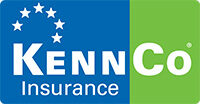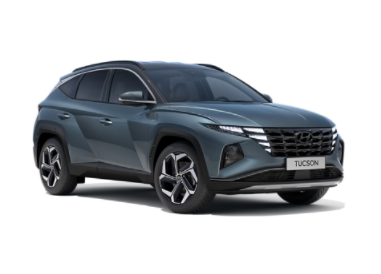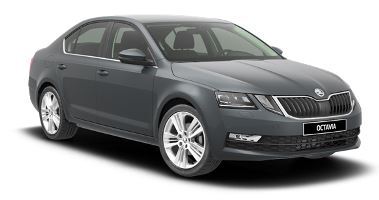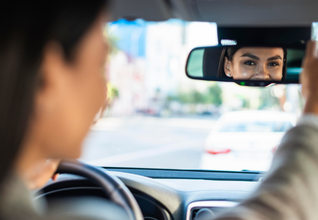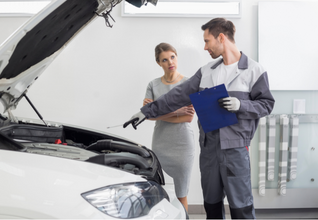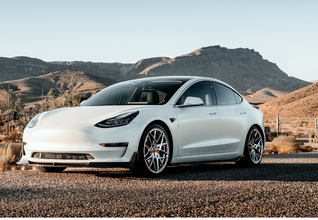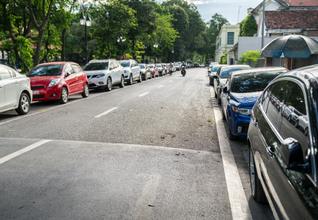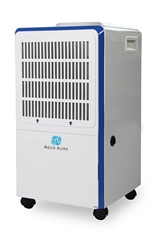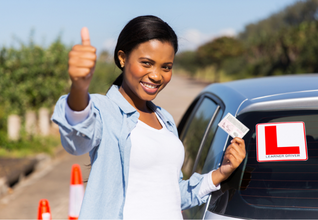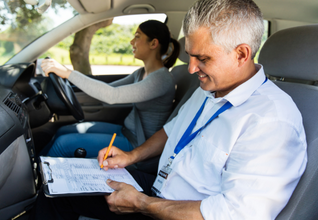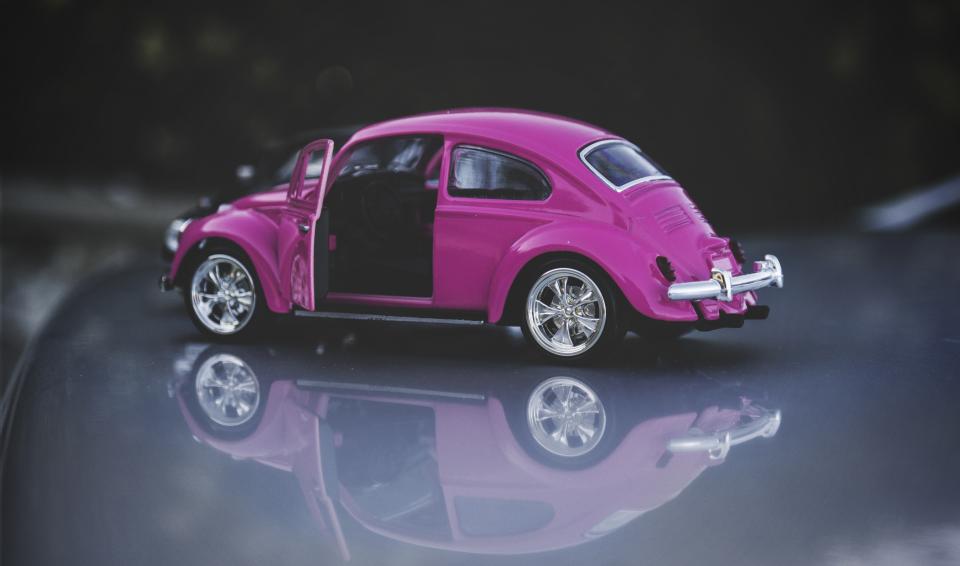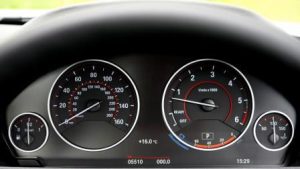When it comes to buying a car, reliability is a critical factor that everyone looks for. After all, nobody wants to invest in a car that will break down frequently or require constant maintenance. In this article, we’ll discuss the most reliable car brands in the Irish market that you can consider for your next vehicle purchase.
With so many car brands flooding the Irish car market, choosing the most reliable one can be difficult. However, by researching and analysing various car brands, we have identified five of the most trusted car brands that Irish car buyers should consider.
How is car reliability measured?
A car’s reliability is an essential factor and is evaluated based on several parameters such as frequency of repairs, the average cost of repairs and severity of problems.
Various third-party organisations, such as J.D. Power and Consumer Reports, conduct surveys to determine the reliability of different car brands. These surveys gather data from car owners who share their experiences and feedback on the performance and reliability of their vehicles.
Top 5 Most Reliable Car Brands in the Irish Market
Toyota
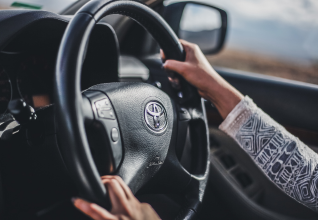
Toyota vehicles are known for their durability and reliability – as well as their fuel efficiency and low maintenance costs.
Toyota is a Japanese car manufacturer with a strong reputation for producing reliable cars. Their vehicles have consistently ranked high in J.D. Power surveys, with many models scoring above average in reliability. Toyota cars are also known for their durability, fuel efficiency, and low maintenance costs, making them a popular choice for Irish car buyers.
Skoda
Skoda is a Czech car manufacturer with a reputation for producing high-quality and reliable vehicles. Their cars are known for their advanced safety features, smooth handling, and excellent build quality. Skoda cars also have long warranties, providing customers with added peace of mind.
Kia
Kia is a Korean car manufacturer quickly gaining popularity in the Irish market due to its high-quality and reliable vehicles. Their cars offer excellent value for money, with features and specifications that match those of more expensive cars. Kia cars also have long warranties and excellent after-sales service, making them a popular choice for Irish car buyers.
Hyundai
Hyundai cars are known for their durability, low maintenance costs and fuel efficiency.
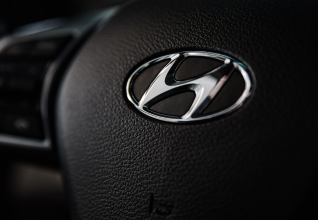
Hyundai is a Korean car manufacturer that has consistently produced reliable cars. Their vehicles are known for their durability and low maintenance costs, making them an ideal choice for Irish car buyers. Hyundai cars also offer excellent fuel efficiency, making them an environmentally friendly option.
Volkswagen
Volkswagen is a German car manufacturer with a reputation for producing high-quality and reliable cars. Their vehicles are known for their advanced technology, excellent build quality, and low maintenance costs. Volkswagen cars are also environmentally friendly, with many models featuring hybrid or electric engines.
Other Reliable Car Brands in the Irish Market
Besides the top five most trusted car brands, there are other car manufacturers that Irish car buyers can consider. These brands include Japanese automakers such as Honda, Mazda and Nissan, and Kia, a sister company of South Korean automaker Hyundai.
Factors That Affect Car Reliability
Several factors can impact a car’s reliability, including its build quality, the materials used, and the frequency and quality of maintenance. The driving style, road conditions, and weather can also affect a car’s reliability.
Tips for Maintaining Your Car’s Reliability
There are several steps you can take to ensure that your car remains reliable and runs smoothly:
Regular Maintenance
Regular maintenance is essential to keep your car in good condition. Regularly service your vehicle according to the maintenance schedule recommended by the manufacturer. This allows you to identify and fix potential problems before they become serious problems.
Check Fluid Levels
Check your car’s fluid levels regularly, including engine oil, transmission fluid, coolant, and brake fluid. Low fluid levels can cause severe damage to your car’s engine and transmission, so top up any low fluids.
Drive Carefully
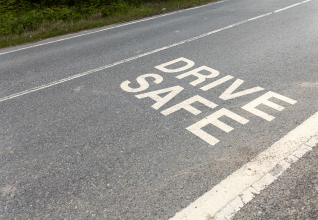
Avoid aggressive driving, such as hard acceleration and braking, which can cause stress to your car’s engine and transmission.
Your driving style can also affect the car’s reliability. Avoid aggressive driving, such as hard acceleration and braking, as this can put extra stress on your car’s engine and transmission. Please drive carefully and calmly. Your car will thank you.
Keep Your Car Clean
Keeping your car clean and free of dirt and debris can help prevent rust and other damage. Regularly washing and waxing your car can also help preserve its paintwork and keep it looking new.
Invest in Quality Parts
Always invest in quality parts that meet or exceed the manufacturer’s specifications when replacing car parts. Cheap or inferior parts can seriously damage your car’s engine and transmission, jeopardizing your car’s safety.
FAQs
Which is the most reliable car brand in Ireland?
The most reliable car brands in the Irish market are Toyota, Skoda, Kia, Hyundai, and Volkswagen.
How can I maintain my car’s reliability?
Regular maintenance, checking fluid levels, driving carefully, keeping your car clean, and investing in quality parts are all essential to maintaining your car’s reliability.
Can I rely on Irish car dealerships for quality cars?
Irish car dealerships offer a wide range of quality cars from reliable car brands. Researching and choosing a reputable dealership with a good track record for customer service is essential.
What are the factors that affect car reliability?
Factors affecting car reliability include the build quality, the quality of materials used, the frequency and quality of maintenance, driving style, road conditions, and weather.
Should I buy a new or used car for reliability?
Both new and used cars can be reliable if they are from a reputable brand and have been well-maintained. Researching and choosing a car that fits your needs and budget is essential.
